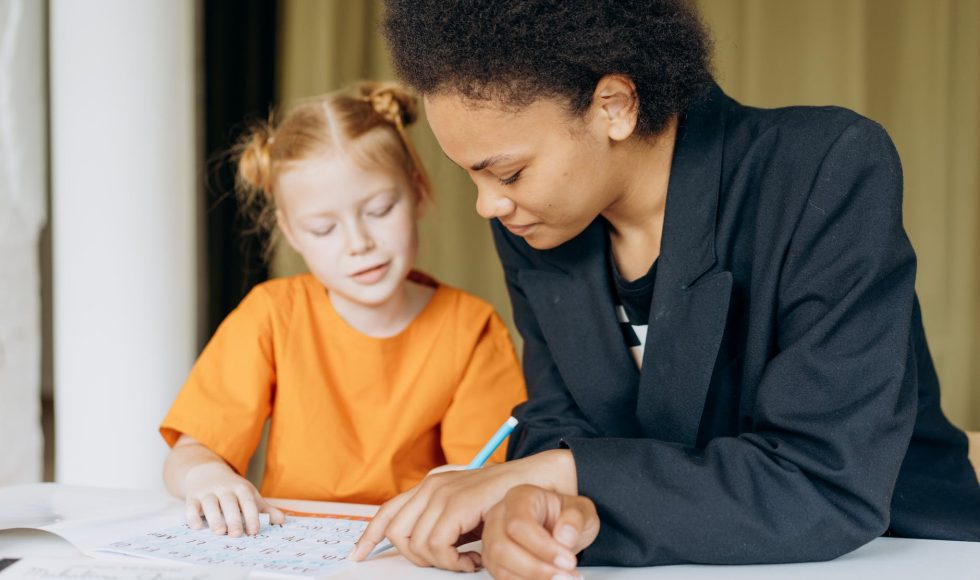Philip Michael Bowman presented at the CAST UDL Symposium about “Implementing Effective 1-1 Learning Conversations.”Bowman has been a special ed instructor near Atlanta and in Thailand. Bowman helped create the MARIO approach. The MARIO Approach has four steps: connect, identify, activate, and empower. Bowman played a video of an advising session with a student. Bowman spoke with the student and asked about how they were going to study and the passive and active approaches that were considered. The session was about five minutes long and one-to-one. Bowman played a video to describe the MARIO approach. They presented data on the approach and shared the four stages: connect, identify, activate, and empower. By asking how the learner is feeling, you can connect better. They explained key steps. Bowman shared how misconceptions are addressed directly in sessions and learner self-efficacy is encouraged and celebrated. Bowman emphasized that research-based strategies were used to design the MARIO approach. The prompts in MARIO aim to:
- Identify key learning
- Address misconceptions
- Build or maintain healthy habits and attitudes
- Affect positive behavior change
- Improve self-efficacy and self-esteem
Bowman shared that coaching models were also incorporated into the MARIO approach. They also recommend recording and reviewing sessions for self-improvement. In another student video, the teacher asks a grade school student several questions gathering information and encouraging the learner to identify strategies. Questions included: “what do you think the impact of… will be?” and “can I hear you say what your plan is?” The MARIO approach sounds intriguing, and I am curious about the certification. I wonder what is included. The way the teacher prompts the learner to identify strategies and become independent is impressive.



